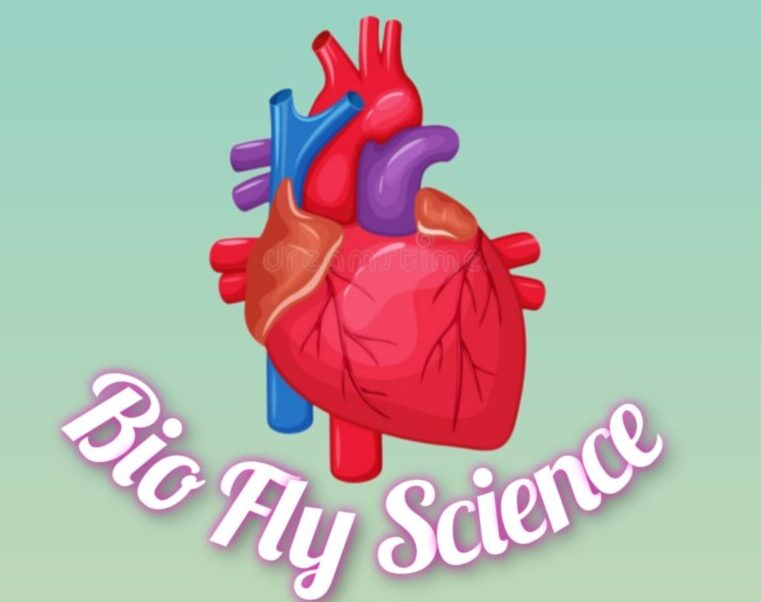Microbes play a crucial role in human welfare through their applications in various fields such as medicine, agriculture, environmental management, and food production.
NCERT XII : Biology : Chapter 10: Microbes
1) Microbes are the major components of the biological system.
2) Microbes are present everywhere, even at geysers (thermal vents) where the temperature is as high as 100°C, deep in soil, snow.
3) All microbes are proteinaceous infectious agents.
4) Bacteria, Fungi grown on nutritive media to form colonies.
5) Adenovirus causes respiratory infections.
6) Lactobacillus and other Lactic acid bacteria (LAB) convert milk to curds.
7) Lactic acid bacteria (LAB) produce acids that coagulate and partially digest the milk proteins.
8) A small amount of curd added to fresh milk as inoculum or starter contains millions of LAB.
9) LAB improves curd nutritional quality by increasing Vitamin B12.
10) LAB plays a very beneficial role in checking disease causing microbes.
11) Dough, used for making dosa & idli fermented by bacteria.
12) The pubbed-up-appearance of dough is due to CO₂.
13) Dough is used for making bread, is fermented by using baker’s yeast Saccharomyces cerevisiae.
14) Toddy, a traditional drink of some parts of South India fermented by sap from palms.
15) Large holes in ‘Swiss Cheese’, due to the large amount of CO₂ produced by Propionibacterium sharmani (bacteria).
16) Roquefort cheese is ripened by fungi which gives it a special flavour.
17) Growing microbes on an industrial scale, in very large vessels called fermentors.
18) In Industry microbes used to synthesize beverages & antibiotics.
19) Yeast Saccharomyces cerevisiae used for bread making and commonly called brewer’s yeast.
20) Brewer’s yeast is also used in fermenting malted cereals, fruit juice to produce ethanol like wine, beers, whisky brandy or rum.
21) Wine and beer produced without distillation.
22) Whisky, brandy and rum produced by distillation of the fermented broth.
23) Antibiotics means ‘against life’ or ‘pro life’.
24) Antibiotics are chemical substances that kill or retard growth of other microbes.
25) Penicillin, first antibiotic discovered from Staphylococci bacteria.
26) Effective use of penicillin established by Ernest Chain & Howard Florey to treat American soldiers during World War II.
27) Antibiotics have improved against diseases like plague, whooping cough (Kali Kansi), diphtheria (gal gustu), leprosy (kusht rog).
28) Aspergillus niger, a fungus that produces citric acid.
29) Clostridium butylicum, a bacterium produce butyric acid.
30) Microbes produce enzymes like lipases used in detergent.
31) Bottle juices clarified by pectinases and proteases (enzymes).
32) Streptococcus produced streptokinase used as ‘clot buster’ who have undergone myocardial infarction leading to heart attack.
33) Cyclosporin A, used as an immunosuppressive, agent in organ transplant patients, produced by fungus Trichoderma polysporum.
34) Statins produced by Monascus purpureus (yeast) for as blood cholesterol lowering agent.
35) The municipal waste-water is also called sewage.
36) Sewage treated in Sewage Treatment plants (STPs) by heterotrophic microbes.
37) Primary treatment involve physical removal of particles through filtration and sedimentation.
38) Floating debris removed by filtration and grit (soil/peebles) removed by sedimentation.
39) All solids settle from primary sludge and sepertant forms effluent.
40) In biological treatment, effluent passed in a large aeration tank allows aerobic microbes into flocs (masses of bacteria associated with fungal filament to form mesh like structures).
41) The sediment is called activated sludge.
42) The remaining major part of the sludge is pumped into large tanks called anaerobic sludge digesters.
43) Methane (CH4), Hydrogen sulphide(H2S) and CO₂ produce by and form biogas.
44) The Ministry of Environmental and Forests initiated Ganga Action Plan and Yamuna Action plan from pollution.
45) Microbes produce gases which are the end products during growth and metabolism.
46) Bacteria which produce large amounts of CH4 along with CO₂ and H2 are called methanogens (Methanobacterium).
47) Methanogens also present in rumen (part of a stomach) of cattle help in breakdown of cellulose and nutrition of cattle.
48) The technology of biogas developed by Indian Agricultural Research Institute (IARI) & Khadi and Village Industries Commission (KVIC)
49) Biocontrol refers to the use of biological methods for controlling plant diseases and pests.
50) Biocontrol reduces dependence on toxic chemicals & pesticides.
51) Ladybird beetles and Dragonflies are useful to get rid of aphids and mosquitos respectively.
52) Bacillus thuringiensis (Bt) controls butterfly caterpillars.
53) Trichoderma viride species free living fungi common in root.
54) Baculoviruses attack insects and other arthropods.
55) Genus Nucleopolyhedrovisus used in insecticidal application.
56) IPM → Integrated Pest Management.
57) Biofertilizers enrich the nutrient quality of soil.
58) Rhizobium in nodules of root of leguminous plants fix atmospheric N₂ into organic forms.
59) Azospirillum and Azotobacter, free lining bacteria, enrich the nitrogen content in soil.
60) Fungi form symbiotic associations with plants called mycorrhiza.
61) Genus Glomus form mycorrhizae, absorbs Phosphorus (P) from soil and resist root borne pathogens, tolerance salinity.
62) Cyanobacteria (Anabaena, Nostoc, Oscillatoria) are autotrophic microbes.
63) Cyanobacteria & blue green algae adding organic matter to the soil and increasing fertility.
Organisms and Population (Chapter 13)
